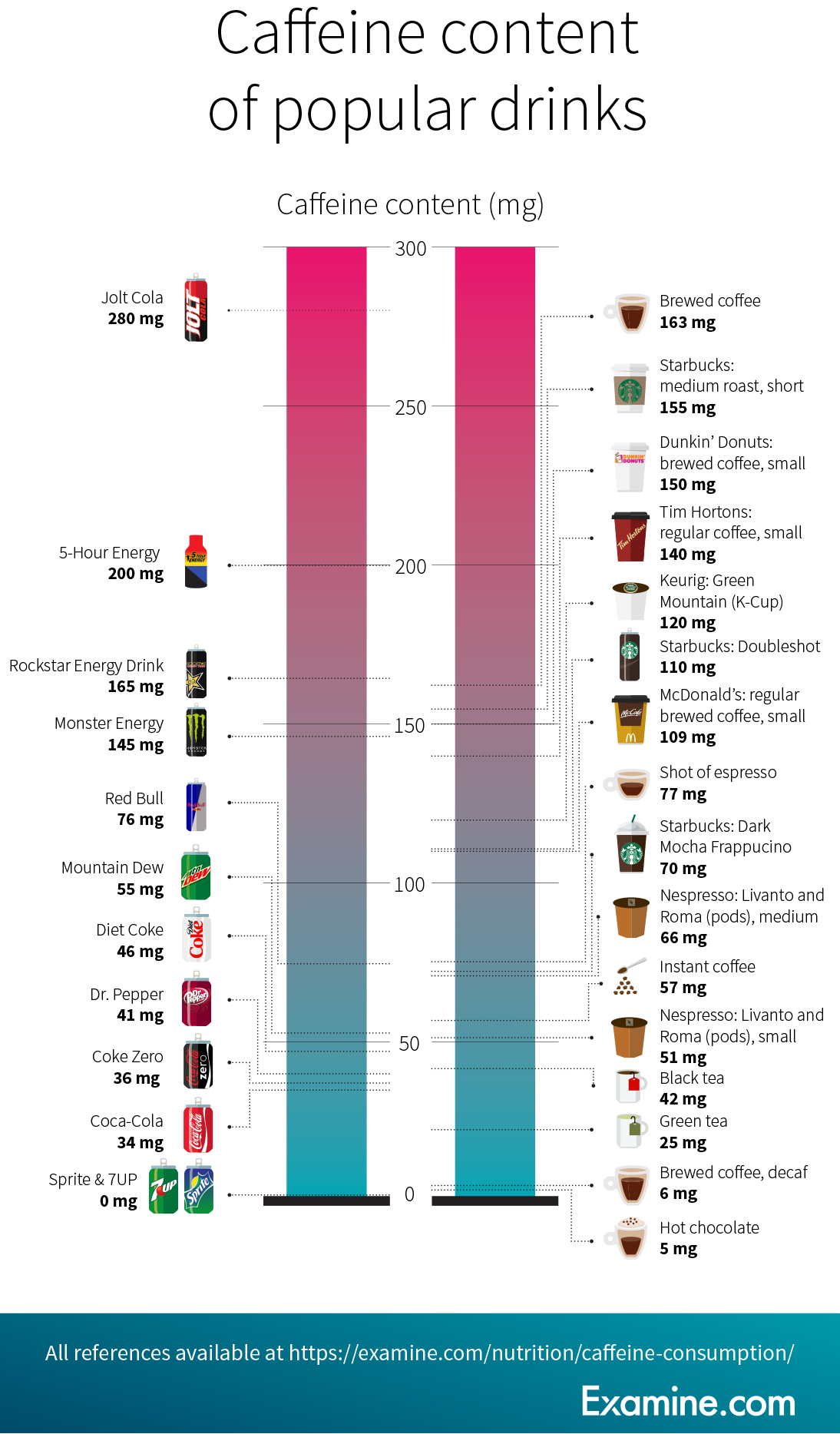
Caffeine is too powerful for children, and their small size increases the relative dose compared to adults and so caffeine should not be given to children.Įnjoying caffeine at the right time can help increase your energy level while traveling, but caffeine at the wrong time can negatively impact your sleep quality and may reduce your ability to sleep. Using caffeine “little and often”, and then stopping it as long as possible before bed, will optimize the benefits of caffeine and minimize the negative effects on sleep. Having caffeine in your body at bedtime will have a negative effect on your sleep that night. It typically has a half-life of three to five hours so if you take 100mg of caffeine at 10am, you will still have 12.5mg of caffeine in your system at bedtime 12 hours later. Caffeine stays in our system for a long time. As a result, caffeine is a highly effective stimulant. Caffeine is an adenosine-receptor antagonist and therefore blocks the sleepiness-inducing effects of adenosine. Adenosine is part of the sleep regulation system, and is associated with increased sleepiness.

A by-product of this energy use is an increase in the amount of adenosine in our bodies. Work out the caffeine content of your typical drink so you can plan how much to have. Brewed ‘drip’ coffee and energy drinks tend to have very high amounts of caffeine so only half a cup of these is needed every two hours.
#Caffeine half life calculation how to
Enjoying caffeine 8 hours or less before bedtime will negatively impact your sleep quality.įor those travelers who want to use caffeine, Timeshifter provides advice on when and how to use it, and when to avoid it, to support the light-dark and sleep schedule that will reset your clock quickly.Ĭaffeine is present in tea, coffee, caffeinated sodas, chocolate, and in some pain medications. More than that will not make you more alert but may reduce your ability to sleep later.
#Caffeine half life calculation free
Imminent cardiac arrest in caffeine toxicity should prompt intra-lipid therapy to scavenge the free serum caffeine.When you're tired while traveling, a cup of caffeinated tea or coffee, or a caffeinated soda (equivalent to about 50mg of caffeine) every two hours should help you stay awake. Caffeine exhibits ideal characteristics to be dialyzed, including low protein binding (36%), low molecular size (194), and a small volume of distribution (0.6 to 0.8 L/kg). Hemodialysis has been effective in severe, life-threatening caffeine ingestions. Īctivated charcoal can bind caffeine if the ingestion is recent, and repeated doses can help diminish serum levels via the enterohepatic circulation. Vasopressors, such as vasopressin or phenylephrine, can be used to maintain blood pressure (goal mean arterial pressure greater than 65 mm Hg) without worsening tachycardia. Procainamide, lidocaine, or bicarbonate have also been utilized for the treatment of tachydysrhythmias. Beta-blockade with esmolol is useful for tachycardia. Hydration may be oral in minor cases, yet severe cases benefit from intravenous (IV) hydration. The primary treatment for minor caffeine ingestion is supportive. įatal caffeine overdose is relatively uncommon, and treatment data is limited to case reports. Cardiac monitoring allows evaluation of heart rate and early recognition of dysrhythmias such as ventricular ectopy or fibrillation.

An electrocardiogram may demonstrate tachycardia, ST-segment depressions, or T-wave inversions. It is also important to obtain serum myoglobin and creatine kinase levels to monitor for rhabdomyolysis.

Caffeine toxicity can result in hypokalemia, hypocalcemia, hyponatremia, and hyperglycemia. Ī venous blood gas may demonstrate anion gap metabolic acidosis, which can be severe. Lethal blood levels are typically above 80 to 100 mg/L, although one case occurred at 15 mg/L. Although not available in all hospitals, serum caffeine levels are generally obtained with an immunoassay. Serum caffeine levels can guide prognosis and therapy. Routine serum laboratory evaluations can be useful in drug overdose cases, especially in the setting of unstable vital signs, seizures, or altered sensorium.


 0 kommentar(er)
0 kommentar(er)
